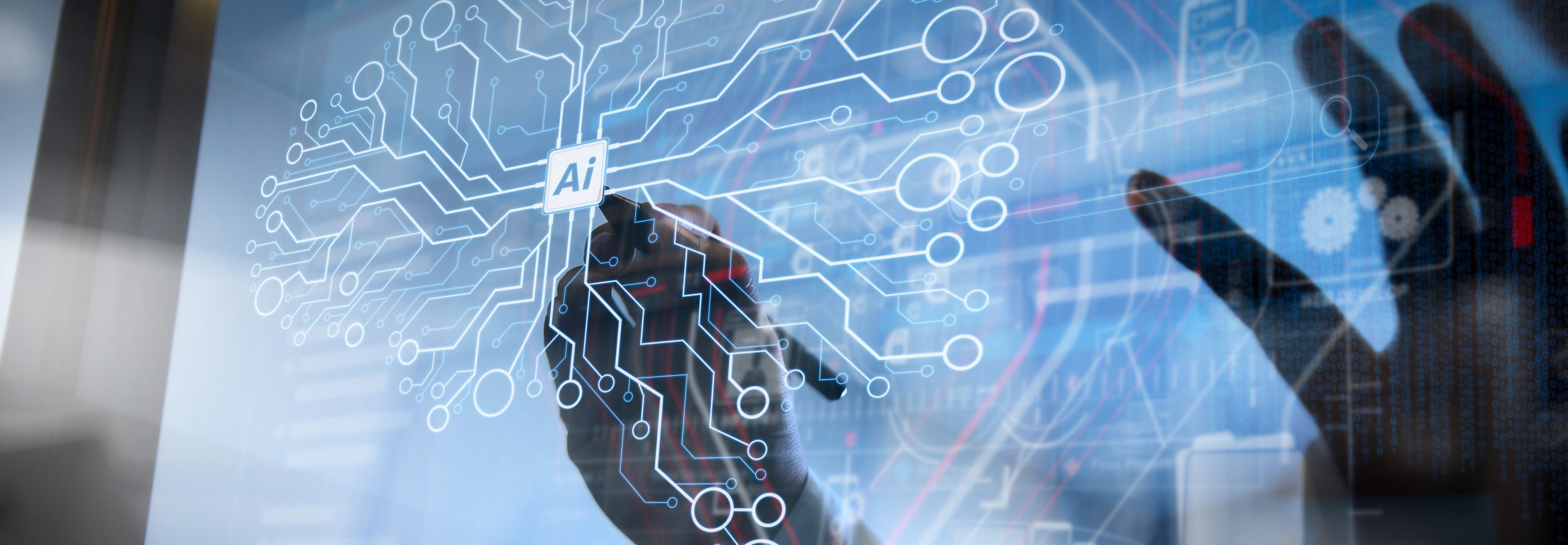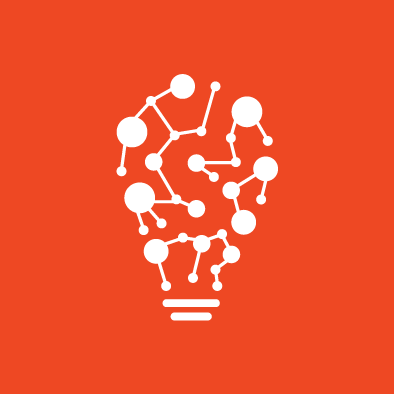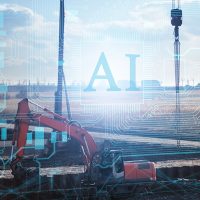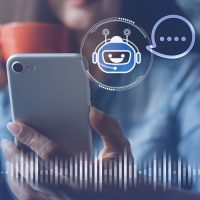
The breakthrough development of Artificial Intelligence is increasingly growing its potential for many businesses globally. Along with the growing interest in this technology, the latest advancements in AI give rise to many misconceptions about its execution that are sometimes associated with science fiction scenarios rather than real life. So let’s go over and try to debunk the myths and realities around AI technology.
.
Myth 1: AI is going to take people’s jobs
Reality: AI helps people become more efficient at work
It’s true that AI is being used to automate many repetitive and mundane processes; it provides a high level of precision and helps companies make more accurate decisions through real-time data gathering, analysis, and forecasting. While AI may assist in doing certain tasks better, faster, and at a lower cost, its role is to replace tasks, not jobs. AI-based solutions may be used in work environments to augment human workforces freeing up people to do far more complex, creative, and challenging work.
.
Myth 2: AI learns the way humans do
Reality: AI is far from achieving the capability of human brains
While AI may be smart enough to be used for pattern and speech recognition, fraud identification, image recognition, it’s capable of solving specific problems only, and if the conditions of the task change a little, it’s most likely to fail. Machines are far from reaching the complexity of the human brain, and it’s no wonder that AI is not able to mimic human thoughts, as “A single human brain has more switches than all the computers, routers and Internet connections on Earth,” as Stephen J. Smith said.
.
Myth 3: AI can make sense of any messy data
Reality: The quality of data is important
The most important input for an AI algorithm is the data. AI algorithms are not “load and go” and need the right data to give meaningful conclusions. AI cannot sort out broad messy data that has not been carefully processed and is not relevant to a set of use cases. For algorithms to use data and learn from it, the data should be cleaned and arranged. AI needs high-quality and customized data in order to produce ideal results.
.
Myth 4: AI can be made bias-free
Reality: AI algorithms may be dependent on human decisions
One of the challenges facing AI is that bias may exist in datasets. The main causes of unintended bias may be incomplete data samples, incorrect datasets, or ineffective training algorithms that are based on input from people who make them, and because human intervention may be biased in some manner or other, so may be the AI. At the moment, there is no specific strategy towards eliminating bias completely, but integrating more diverse, comprehensive, and broad datasets could help mitigate it. Bringing in new team members with different approaches and backgrounds and ensuring diversity in the teams working with the AI is another solution to prevent data bias.
.
Myth 5: AI will take over humanity
Reality: This is a myth inspired by science fiction
AI poses no existential threat to humanity as machines cannot operate without human direction. AI is devoid of any moral autonomy; it does not have self-will and is subject to the objectives assigned to it by humans. Machines can support people in a lot of fields and on tasks such as pattern and speech recognition, sophisticated analytics, reasoning, and learning, but AI can’t get anywhere near the human emotional intelligence, strategic thinking, and creative ability. So it’s completely within our control to use AI to our advantage and employ its benefits to help humanity in the long run.
By Siranush Andriasyan

SmartClick is a full-service software provider delivering artificial intelligence & machine learning solutions for businesses.


